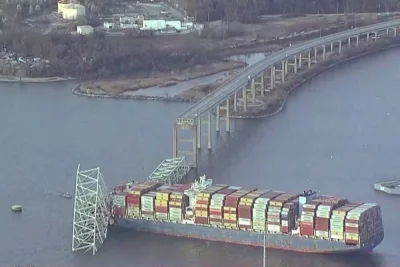The global oil price crash, brought about largely by the Covid-19 pandemic, is upending the American “energy dominance” ambitions.
US crude production plunged by 15% in the past two months, to just over 11mn bpd, according to government data.
With spending in the shale sector slashed by half, according to International Energy Agency estimates, worse may be yet to come.
The shale bust has now reached a grim milestone by claiming the pioneer of US drilling renaissance: Chesapeake Energy Corp.
But Chesapeake is just the latest in a long list of casualties.
More than 200 North American oil and gas producers, owing over $130bn in debt, have filed for bankruptcy since the beginning of 2015. This year alone, at least 20 have gone under.
Oil production from the top seven shale regions in the US is set to tumble to levels not seen since 2018 as drillers scale back in response to the recent price collapse.
Losses will be led by the Permian Basin – which straddles Texas and New Mexico – where output is seen falling by 87,000 bpd in June to 4.29mn, according to a recent Energy Information Administration report.
Aided by a tsunami of oil and gas from the technique called fracking, US oil and gas output has surged 57% over the past decade. That has enabled the world’s largest economy to export fossil fuels at a pace unthinkable only a few years ago.
US crude exports in the first half of 2019 averaged 2.9mn bpd, almost 1mn more than in the first half of 2018.
America’s new dominance also undercut the Organisation of the Petroleum Exporting Countries’ ability to push up prices by trimming output.
But the shale boom spearheaded by the likes of Chesapeake a decade ago was fueled by debt. And profitability and shareholder returns have consistently been disappointing.
The rate of default on high-yield energy debt stood at 11%, Fitch Ratings said in a June 11 report, the highest level since April 2017.
Wither shale? It’s too early to tell.
In 2014, the last time the Opec-driven supply splurge attempted to squeeze out shale producers, most analysts believed they needed $60 to $90 a barrel to make money.
It didn’t turn out that way. Far from wilting under lower prices, the shale industry used the tougher environment to push through productivity improvements.
On the eve of the demand hit from coronavirus, the US was pumping about 50% more oil than it was in 2014.
Opec’s current strategy of propping up oil prices with production cuts could also throw shale plays a lifeline.
For Goldman Sachs Group, however, an even bigger issue is a 60% decline over the past five years in annual investment in long-term projects - which particularly sustain output from Opec’s rivals - to about $37bn.
This will finally be felt next year, bringing supply growth outside Opec to a halt, says the bank.
This year’s economic slump is only tightening the squeeze, reducing overall oil and gas investment by almost $250bn, or about a third, according to the IEA.
Slumping oil prices, for sure, is a double-edged sword.

viewpoint


